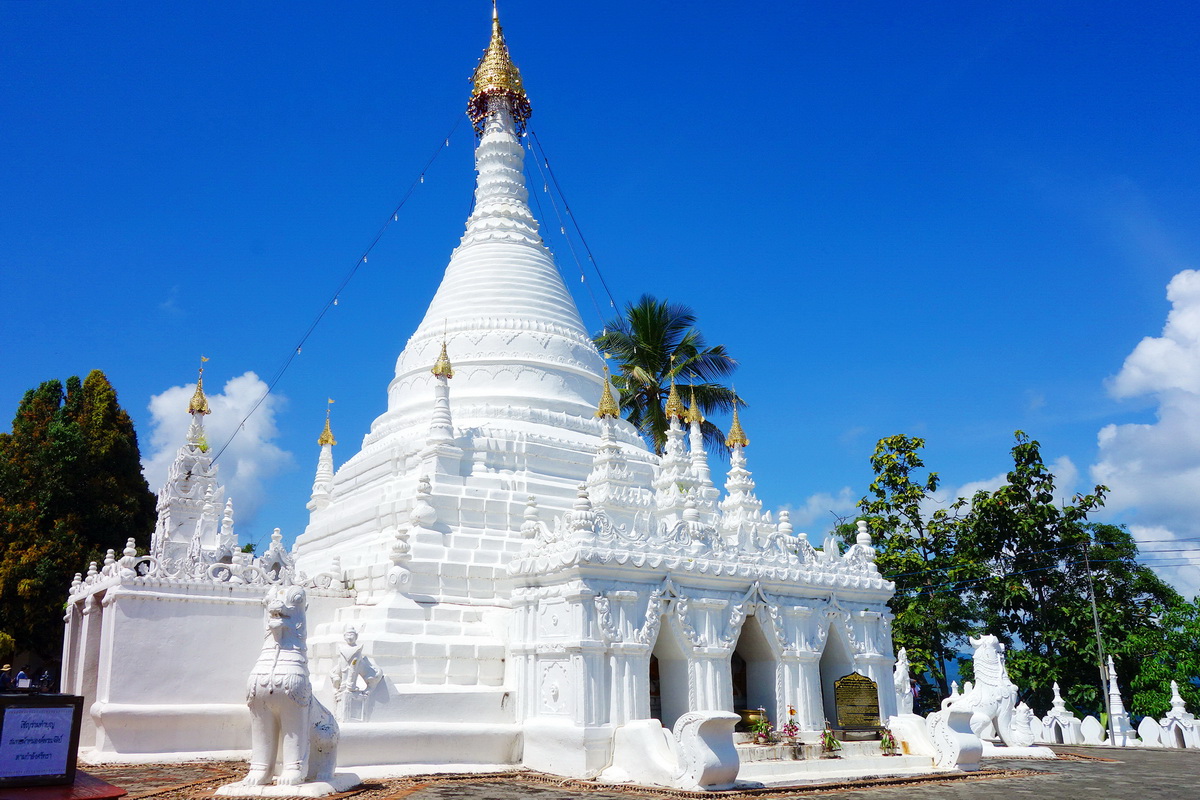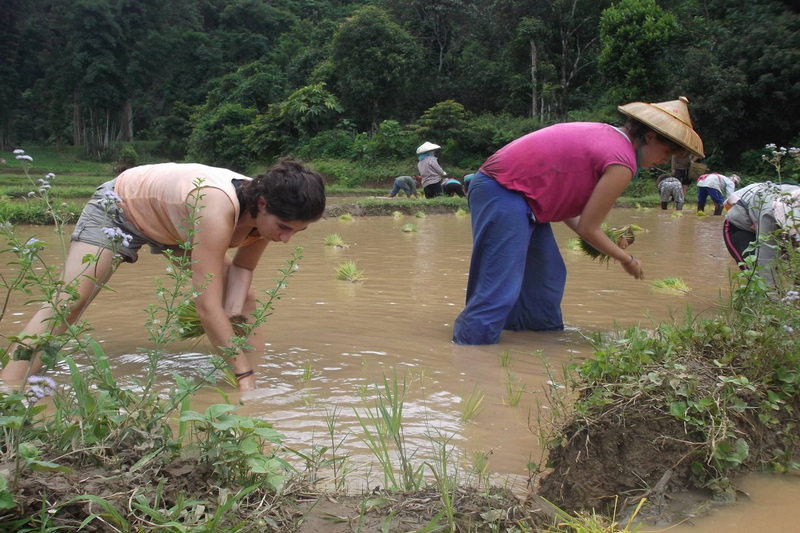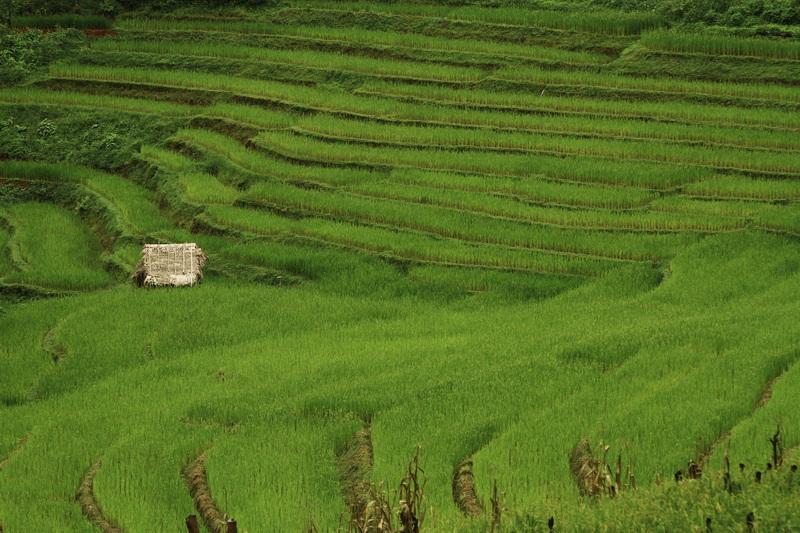Ban Huai Sua Tao – Meet the Long Neck Karen in Mae Hong Son

Long Neck Village Ban Huai Sua Tao – A Cultural Refuge and Living Heritage in Mae Hong Son
Just 30 minutes from the peaceful provincial capital of Mae Hong Son, in the mountainous far north of Thailand, lies Long Neck Village Ban Huai Sua Tao—a small yet culturally rich community known for the iconic brass neck rings of its Kayan women. More than just a tourist attraction, this is a living, breathing village, shaped by migration, resilience, and a strong sense of identity.
Set against a backdrop of lush hills and gently flowing streams, the village offers visitors the chance to experience both the beauty and the challenges of life as a refugee community. This is one of the most fascinating Attractions in Mae Hong Son, where history, craft, and human connection blend into one unforgettable journey.


The Story Behind Ban Huay Sua Tao
From Conflict to Sanctuary
Founded in 1995, Ban Huay Sua Tao is home to members of the Karenni (Red Karen) ethnic minority, who fled conflict and persecution in Myanmar’s Kayah State. Many belong to the Kayan Lahwi subgroup—often recognized worldwide as the “long-neck Karen.” The move to Mae Hong Son provided safety but also brought challenges, as refugee status limits their ability to work, travel, or own substantial land.
Who Are the Kayan People?
The Kayan are a sub-group of the Karenni, speaking a Tibeto-Burman language and maintaining a distinct cultural identity. They include several smaller groups: Kayan Lahwi (the neck ring wearers), Kayan Ka Khaung, Kayan Lahta, Kayan Ka Ngan, and others. Internationally, they are sometimes called “Padaung”—a Shan term—but many here prefer the name “Kayan,” as it reflects their heritage more accurately.
The Brass Neck Rings – Symbolism and Pride
The most striking visual feature of the Kayan Lahwi women is the set of golden brass rings they wear around their necks. Girls begin wearing them between the ages of 5 and 9, adding more coils over time. Contrary to common belief, the rings don’t stretch the neck but create an elongated appearance by gently pressing down the shoulders and collarbone.
For the women, these rings are a symbol of beauty, tradition, and community pride. While outsiders have debated the ethics of tourism here—some calling it a “human zoo”—many Kayan women say they are proud to share their heritage, and tourism provides vital income in a context where other work opportunities are scarce.



Village Atmosphere
Ban Huay Sua Tao is small but vibrant. A short pedestrian street runs through the center, lined with bamboo and wooden huts that serve as both homes and shops. Women sit at traditional looms, weaving colorful sarongs and scarves, while children play along the pathways, waving to visitors.
You’ll hear the gentle click of weaving frames, smell the aroma of home-cooked rice and grilled meat, and see brilliant fabrics drying in the mountain sun. The pace is slow, the smiles are warm, and the welcome is genuine—if you approach with respect.
Visitor Etiquette
A notice board at the village entrance reminds visitors:
- This is a real village, not a theme park—please respect daily life.
- Ask before taking photos, and consider buying a handmade item in return.
- Do not enter private homes without invitation.
- Be polite when asking personal questions, especially to young girls who wear the rings.
Following these simple guidelines ensures a positive exchange between guests and hosts.
Must-Do Activities
- Watch Traditional Weaving – See firsthand how Kayan women create intricate textiles using wooden looms, each design carrying cultural significance.
- Shop for Handicrafts – Purchase scarves, jewelry, or bags made by the villagers—your money directly supports their families.
- Photography with Permission – Capture portraits of the long-neck women in traditional attire, ensuring you ask respectfully first.
- Engage in Conversation – Many villagers enjoy chatting in basic English or Thai, offering insights into their traditions and daily life.
- Cultural Tours – Join guided visits included in Mae Hong Son Tour Packages for deeper context and translation.


Facilities
The village has essential facilities for visitors:
- Parking area at the entrance
- Small eateries offering noodle soup, grilled meat skewers, and cold drinks
- Souvenir stalls selling locally made crafts
- Clean restrooms
While basic, these amenities are more than enough for a comfortable and authentic visit.
How to get to Ban Huai Sua Tao : If you have transportation, or any Travel agency in Mae Hong Son can arrange a tour. From Mae Hong Son Town drive along the route to southwest of Mae Hong Son Town, Highway No. 108. When you see Bon Voyage Gate turn right to 128 drive about 200 m. try to slight left onto Route 1250 and drive pass Klai Rung reservoir about 8.5 Kms.(slippery and perilous water crossings) slight left again onto rural road No. 4012
Address : Ban Huai Sua Tao, Pha Bong, Mueang Mae Hong Son District, Mae Hong Son 58000, Thailand
GPS Coordinates Map : 19.25818, 97.90332
Entrance : Entry fee is 250 THB
Nearby Places
Wat Jong Kham and Wat Jong Klang are the most famous of the city and are beautifully lit by night. Their photo reflecting in the lake is probably the most common picture of Mae Hong Son. The temples date from the early 19th century and were built in the Burmese Shan style.
Wat Phra That Doi Kong Mu is located on a hill to the west of Mae Hong Son city. It stands atop Kong Mu hill and can be seen from anywhere in town. The temple itself is notable for its two large white chedis and its typical Shan architecture.









Leave A Comment